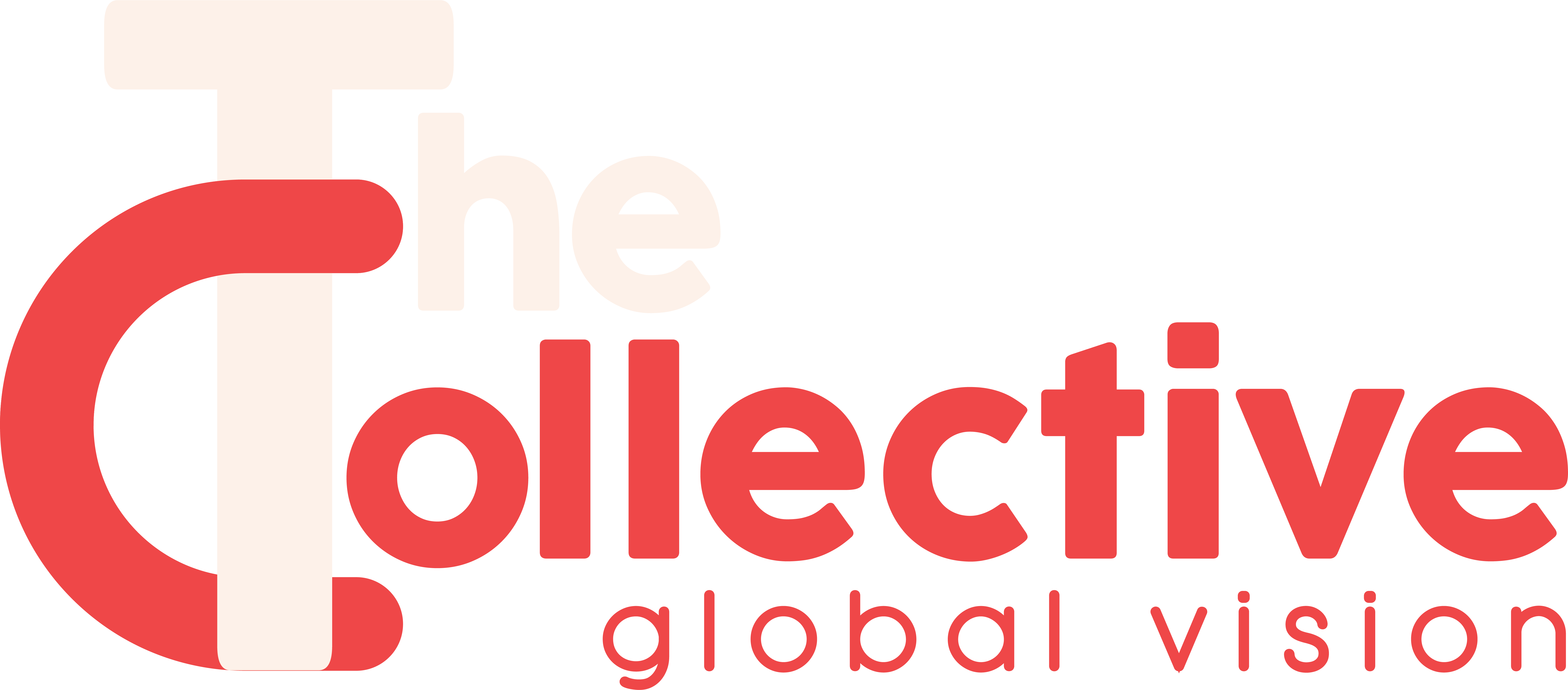Course Level 8
Advanced Performance is designed to facilitate a student’s transition to becoming a professional musician. Classes focus on musicianship, technology, and a final audio or video recording, showcasing each student’s unique talent. Students are responsible for choosing the material they want to rehearse, perform, and record. A faculty producer/advisor is assigned to the student to offer advice as well as help guide them through the process of producing their own final product.
Advanced Performance includes the following classes:
Musicianship:
This class is a part of a sequence, which focuses on music theory, aural skills, and keyboard proficiency.
Reading Proficiency:
Students learn sight-reading skills and the ability to interpret music from a wide variety of sources and formats.
Digital Music Production:
Having a deep understanding of current digital music technology is essential for today’s professional musicians. This course focuses on the recording and editing of each student’s class material using the popular Pro-Tools software.
Advanced Performance Sequence:
1. Performance Sequence Introduction Class:
This class introduces the Advanced Performance Sequence and details the purpose and focus of each class in the sequence.
2. Producer Rehearsal:
This session is used to try out the material that the student has chosen. Students are responsible to rehearse their music under the guidance of the faculty advisor.
3. Band Rehearsal:
Students are responsible to finish rehearsing their material and prepare it to be recorded the following day.
4. Pro Recording Session:
Students are given the opportunity to do a live recording of the material previously presented and rehearsed.
5. Overdubbing/Mixdown Session:
Students gain experience in practical over-dubbing, or “sweetening” sessions. In addition, each student meets with the staff engineer and participates in making a reference mix-down of his/her weekly project. Recordings are reviewed and critiqued by the assigned staff advisor.
6. Producer/Advisor Meeting/Review of Recorded Material:
Students meet weekly with their assigned advisor to review previously recorded material and discuss potential new material. A large library of charts is available to students. Material, chosen by the student, for which there is no written chart, will be transcribed – one per quarter per student. Students are required to perform on at least one piece of music, which they have either written or arranged themselves personally.
7. Public Recital:
The final public recital and recording represents the culmination of all the work done in the program. Each student chooses and arranges a number of pieces to perform at the recital and to record in the final recording session. Video and audio copies are made of each performance and given to students for their own private and professional use.
Elective Class and Individual Practice Time
Elective Class
Students may further personalize their plan of study by choosing from the list of elective classes.
Daily Individual Practice Time
Students are assigned 2 hours per day during the week, open hours on the weekend, and additional hours available at off-peak times throughout the week.
Elective classes for all instruments
Drum-set Performance for Non-Drummers
This class is geared toward those musicians who are interested in learning drums as a secondary instrument. Students will be exposed to rudimental and technique work on a drum pad as well as the foundational basis of Rock and Jazz study on drum set. Students should be able to display the ability to perform rudimental exercises, in group participation and individual drum set exercises in a classroom setting.
Finale
Students are introduced to the Finale software package and learn how to manipulate the various tools available through the program, including standard notation of notes, chords, and lyrics. Materials include a series of sequential notation exercises presented by the class instructor for completion and submission.
Introduction to Music Production
Students are introduced to the industry-standard ProTools software techniques, including basics of audio and MIDI recording, editing, mixing, and file handling, with special focus on the computer workstation, and its maintenance, as the tool of modern music production. Students will have an opportunity to prepare their class assignments on supplied ProTools workstations.
Vocal Technique for Musicians
This class is designed to help musicians develop basic vocal performance skills. Classwork includes proper singing techniques, production of a good vocal sound, and performance on selected repertoire.
Exam requirements: The student is expected to show basic competency in utilizing vocal technique in the application on standard pop vocal material, both as a lead singer and a “backup” singer.
Elective classes for drummers
Drummers Soloing and Improvisation
In this class, students learn the common vocabulary in drum solos and taught to improvise on solo ideas and trade drum solos with other musicians in both a jazz and groove oriented music setting. Students will also be presented the chronological evolution of drum solos through the 40’s, 50’s, 60’s, and modern music. Notable drum solos (Tony Williams, Steve Gadd, etc.) will be analyzed in class.
Basic Vocabulary patterns (8th note triplets on snare and bass drum)
Advanced patterns (16th note triplets and combinations)
Combining different ideas and composing original ideas
Odd Meters
The aim of this class is to familiarize the student with a broad scope off odd metered music performed in today’s contemporary music. Part survey and part hands on, the class takes students through some of the most relevant examples of odd metered music which the students are required to assimilate to the best of their ability. Ways of staying in the form of a given meter are discussed, as well as different possibilities which concern over the bar phrasing. Vocalizing as a primary tool for internalizing different types of odd metered phrasing is stressed above all other techniques (counting, reliance on specific sticking)
Polyrhythms
This class will cover a wide of array of multi-limb independence and time exercises based around poly-metric, polyrhythmic and metrically modulated topics. Using rhythmic melodies from some of drumming’s most popular books, student will learn how to read and/or create patterns using various simultaneous meters. In addition, students will gain more experience in a wide array of time signature study as well as over the bar soloing concepts. Assignments vary weekly and are performed and monitored closely in each class.
Brushes
This class prepares the student to be able to play most common and important brush patterns in 4/4, 3/4. Students Learns correct hand motions to play a tempo range of 60 to 300 BPM.
Outline:
Simple jazz patterns at various tempos
Adding the Bass drum
Adding the Hi-hat
Combining all the elements
Moeller Technique
The Moeller technique dates back to the 1800’s, and it’s used to play the drums with more ease, Power, Speed and control. This is a technique that was discovered by the legendary teacher Sanford Moeller and was popularized by another teaching legend, Jim Chapin. The Collective instructor Peter Retzlaff, a longtime student of Jim Chapin, teaches Moeller fundamentals and their application to playing both the snare drum and the drumset. Step by step instruction is given on learning initial Moeller strokes on the snare drum. In later classes, students learn to move strokes around the drumset and play grooves utilizing Moeller technique. Finally, modern advancements such as push/pull technique are discovered as addition to Moeller strokes.

